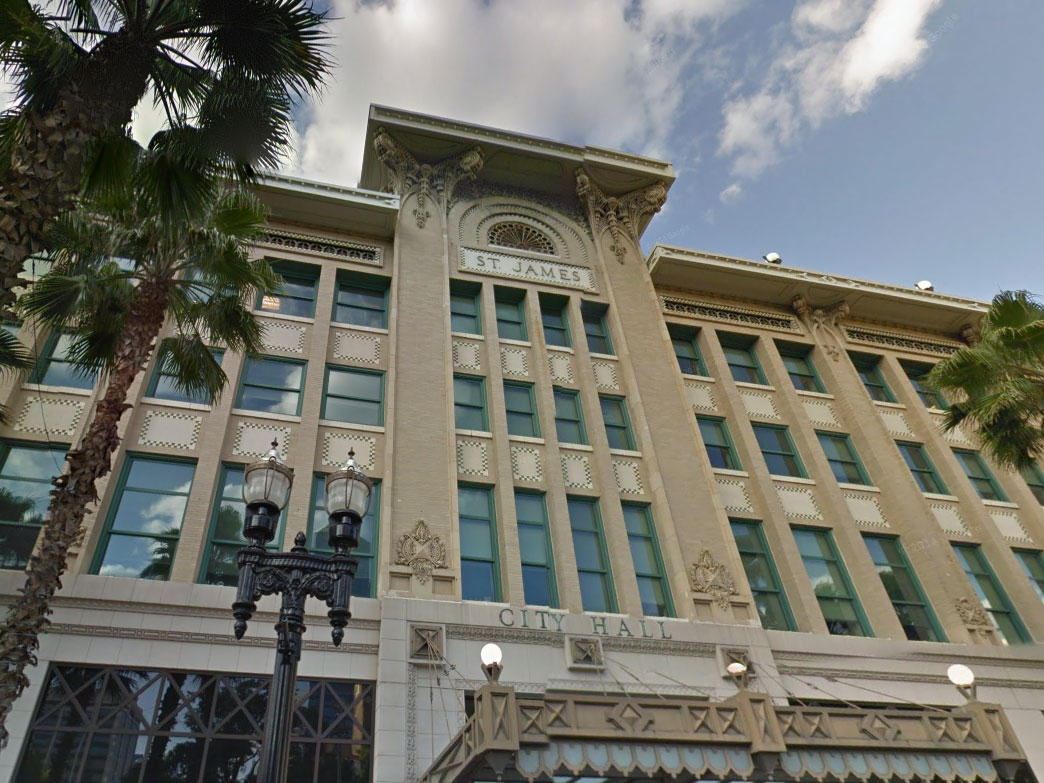
Jacksonville has changed a lot since the late 1970s. But the city’s tourist development plan remains as it was when originally implemented almost 40 years ago.
With that in mind, Council President Lori Boyer brought forth a bill Monday morning to the Neighborhoods, Community Investments, and Services Committee with some revisions to charter language regarding the tourist development council.
Among the interesting wrinkles, according to the bill summary: added language prohibiting use of tourist development tax funds to finance capital improvements through the use of public or private debt; to construct, furnish or equip a hotel, whether or not adjacent to a county owned and operated facility; for the use of privately owned facilities.
Of the two cents of the bed tax allocated to the Tourist Development Plan, anticipated revenue this fiscal year is $7.4 million, up $600,000 year-over-year. This is notable, as the proposed funding formula sees shifting budgetary allocations as revenue increases.
Out of the first five million, 71 percent goes to advertising, PR, and marketing to “promote tourism,” with 24 percent going to fund events that promote and advertise tourism, targeting tourists from outside the area. The additional five percent goes to convention bureaus, tourist bureaus, and visitor information centers.
From the next million dollars, there is a shift in ratios: 40 percent goes to advertising and the like to promote tourism, 20 percent goes to fund events that bring in tourists from outside the area, and 40 percent goes to “fund any other authorized use under state law with city council approval.”
Above $6 million, there is another shift in the formula: 50 percent of that money goes to promotional efforts, 25 percent goes to “any other authorized use under state law with city council approval,” and the last 25 percent goes to “acquire, construct, expand, repair, improve and operate publicly owned convention centers, auditoriums, aquariums, or museums.”
An amendment was offered in committee from Boyer. Among the highlights: marketing through “engagement strategies” (digital ads, for example) and marketing through a “more traditional sense” (print ads, for example) were combined for accounting purposes.
As well, grant guidelines would take a closer look at return on investment for events, with a cutoff of 5,000 tourists generated per event.
Below that, Boyer said, “it’s a really cumbersome process and really expensive to go through it for a smaller impact.”
Councilman Doyle Carter discussed the cumulative impact of smaller events, such as equestrian events, as putting “heads in beds,” and also “showing off our city.”
A second amendment was proposed by Councilman Garrett Dennis, with one at-large member of the tourist development council being part of the commercial airline industry, including members of the Jacksonville Aviation Authority.
Boyer offered support for this amendment before it was approved, noting that more robust tourism leads, among other things, to direct flights to and from meaningful national and international destinations.
The discussion was spirited, with sticking points including the four-year requirement for TDC terms from the state, and who would or could be appointed from the city council.
The Boyer bill had the current council president and either the most recent council president or previous past president as the members.
Also a sticking point: the numbers in allocation themselves.
Despite these qualms, the committee moved the bill 5-0.
This bill has a public notice meeting slated for Tuesday, and two more committee stops. Rules will mull it Tuesday afternoon. Finance will consider it Wednesday morning. If it gets through both committees, the bill will be considered by the full council on Nov. 22.



